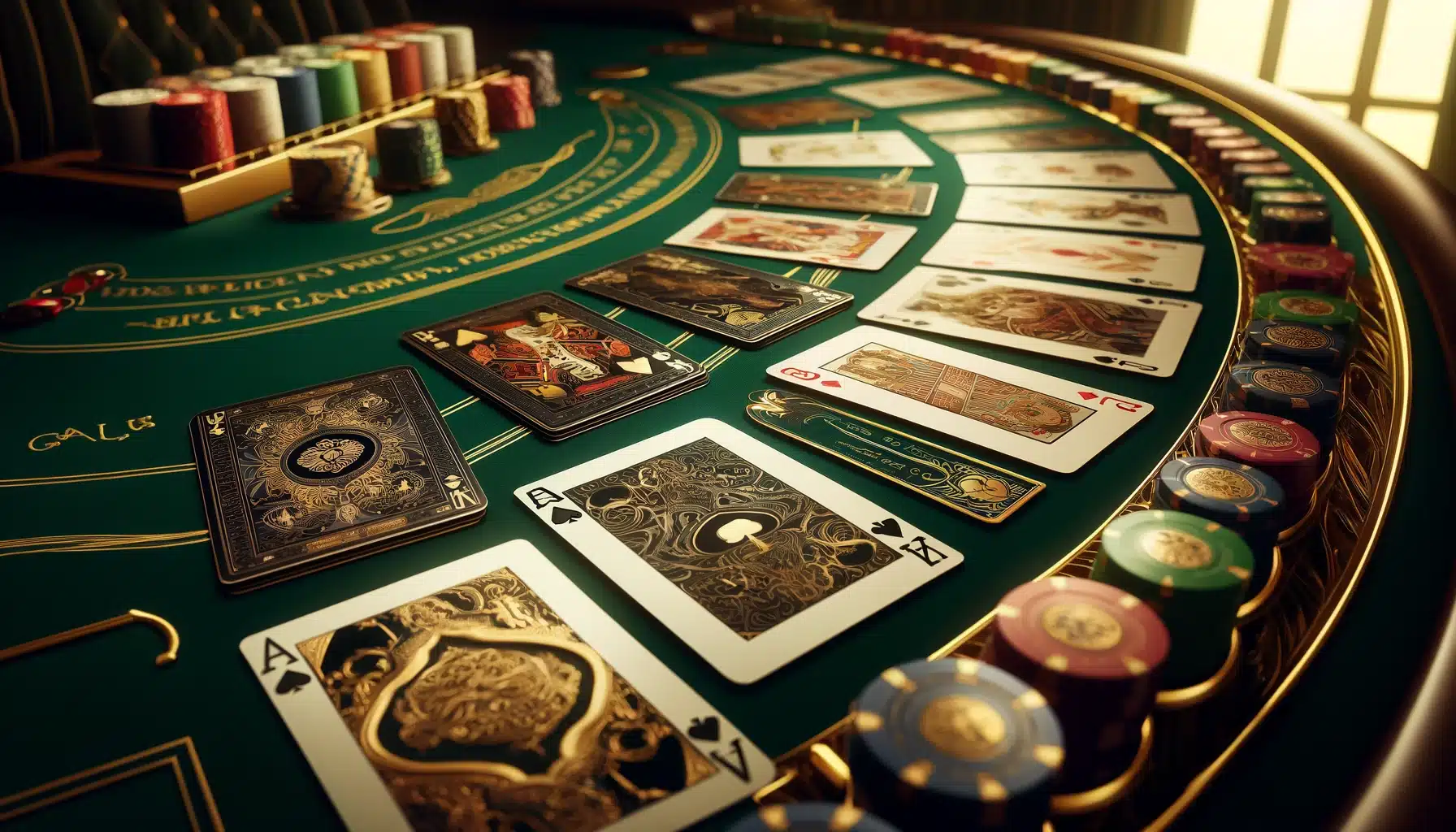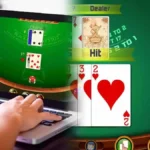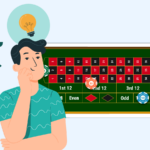Blackjack Card Values

Last Updated on June 19, 2025 by Mary Henderson
Ever wondered how blackjack card values could change your game?
Look, I’ve been in the game for more than I care to remember, both land-based and online, and if there’s one thing I know for sure, it’s that understanding card values in blackjack is a must. I guess you do wanna stay in the game and up your chances.
Well, you gotta know what every card means and how to use this to your advantage.
Stay tuned for a brief yet useful guide on blackjack card values. I’ll walk you through the basics, roll in some insider tips, and tell you how to get that edge over the dealer.
Level up your game!
Blackjack Card Values Made Simple: The Basics
Let’s put it this way – if you wanna get good at this classy game, you’ve gotta start with card values. There’s a thin line between making smart plays and watching your whole bankroll disappear, so take your time to read this.
Trust me, I’ve dealt enough hands back in my time, and I know that players who understand the value of every card last the longest.
Let’s break it down real quick.
| Card | Value |
|---|---|
| 2 | 2 |
| 3 | 3 |
| 4 | 4 |
| 5 | 5 |
| 6 | 6 |
| 7 | 7 |
| 8 | 8 |
| 9 | 9 |
| 10 | 10 |
| Jack | 10 |
| Queen | 10 |
| King | 10 |
| Ace | 1 or 11 |
Blackjack Card Values Explained
Nice and simple: In blackjack, every card with a number from 2 to 10 is worth exactly what it says on the card. Yep, a 2 is worth two points, a 3 – 3 points, and so on. Straight-up math, guys.
Honestly? It’s the easiest system to get your head around.
Blackjack Face Cards: Your Best Friends
Let’s talk face cards!
The King, Queen, and Jack are all worth 10 points. Hearts, Diamonds, Spades, Clubs – it doesn’t matter. I mean, no need to second-guess what a card is worth. That’s what makes for smooth and quick decisions. Plus, it makes things simple by increasing the frequency at which you’ll see hands with totals of 20-21.
Aces and Their Dual Nature

That’s quite a chameleon out there. Why? Well, an Ace can be either 1 or 11. How come? It depends on what you need.
Let’s make it clear. Say you have an Ace and a 6. Think that adds up to 7, right? In blackjack, it can flex and give you a 17 as well. It’s about making your hand look scarier than it is, especially in a tense betting round.
But what happens when you hit and draw a 9? From a nice 17 to 26, which is a bust. What’s the point of knowing this? Well, you have to treat Aces like they’re only worth 1 point. Still in the game, but at least playing safer.
The whole point is to play your cards right and adjust accordingly. If anything, Aces can help you build your hand, but also take you down if you’re not careful (wonder why people think blackjack is spicy).
Role of Aces: What’s the Deal with Soft vs Hard Hands?
Here’s the scoop: The Ace is a bit of a Wild West in blackjack. Tell you why.
First off, unlike other cards, the Ace can be counted as 1 or 11. This can totally change the game and decide whether you’re winning or getting busted. Knowing how to handle those wild cards is key. That’s when soft and hard hands step in.
Soft Hand: It’s basically when you’ve got an Ace that you can count as 11 without going over 21. Why soft? Let’s say it’s a bit more forgiving. Say you have a 6 and an Ace – that’s a soft 17. So, you can hit and hope for a better total (even if you pull a high card, you can always switch that Ace to 1). I’d call it the perfect safety net.
Hard Hand: The absolute opposite – no Aces to play with, and even if you get one, it’s worth 1. Say, you get a 9 and an Ace – it could be a soft 20 or a hard 10. You can stretch it to 11. But if you’re in a hard 19 and draw a 9, the flexibility of that Ace is already gone. The takeaway? You’ve got to be much more careful with hard hands.
How Should You Play Your Aces?
Soft or hard? This is the question.
The kicker is that it could affect your strategy entirely. You can afford to be slightly bolder with a soft hand, so you can hit more often without any stress.
But with a hard hand, you’re walking on eggshells. The trick is to play it cool and know when to fold, especially if the dealer’s showing a weak card, got it?
Here’s How Pros Handle Their Cards in Blackjack
One thing is to know Aces can go two ways, but you should also have a solid read on what the dealer’s got up their sleeve.
When to Hit or Stand
Here’s a lowdown on everything you should know.
Low Cards (2-6): Stand if you got a total between 12-16 while the dealer’s having low cards (2-6). The dealer’s most probably gonna bust. But if the dealer’s got a high card (7-Ace), think of hitting.
Min-Range Cards (7-9): You can either hit or stand, depending on what the dealer’s showing. You’re better off hitting if the dealer has a strong card (7 or more).
High Cards (10, Face Cards): Don’t risk it if you’ve got a total of 17+. You better stand cuz the chance of busting is really high.
Doubling Down
Double down only if you’ve got 10 or 11 in total. Why? The chances you’ll hit a 10 or face card to land a total of 21 are pretty solid. By the way, you can also double down with soft hands (16-18) when the dealer’s showing a low card.
Splitting Pairs
Hear me out: Always split Aces and 8s. With Aces, you’re giving yourself two shots at 21, while splitting 8s may help you avoid 16 (a very difficult hand to play against).
But never split 10s. I mean, you’re sitting on a strong 20. Why risk it by splitting?
Generally, your best clue is to keep an eye on the dealer’s up card to have the best odds.
Final Thoughts: Mistakes to Avoid with Blackjack Card Values
I’ve seen lots of beginners fall into these common traps.
First, take your time to understand soft and hard hands and make smart moves. Find the golden mean between too cautious and overly aggressive play. Plus, don’t focus on your cards only – always keep an eye on that dealer’s up card – when to play it safe, when you could easily get a solid hand, or when it’s time to take some risk.
Another classic mistake is forgetting about the Ace. Use it flexibly and be aware of how it can help you in the moment.
See, blackjack is a strategy game, so you need to know the basic strategy. Don’t just trust your gut and hope for the best outcome. Play the numbers, not your intuition.
Keep all this in mind, avoid rookie slip-ups, and stay ahead of the game.
- Top 7 Play n Go Slots in Canada - October 1, 2025
- My Favourite Quickspin Slots to Play in 2025 - September 14, 2025
- Old-School Fun with Modern Wins? Try These Best Retro Slots - September 14, 2025









